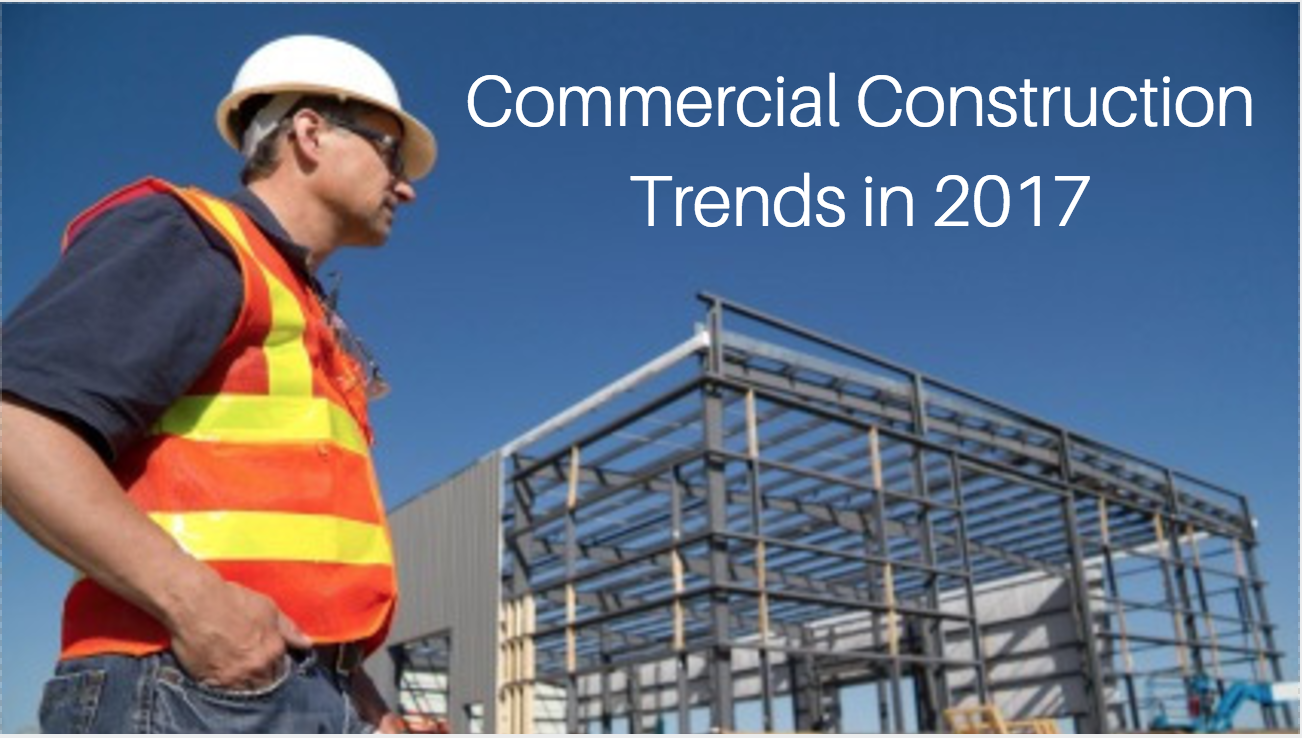As is the case after every Presidential election, there’s a certain amount of uncertainty looming over the commercial construction industry. By the middle of Barack Obama’s first term in office, the construction industry had cut its workforce by nearly 40%; eliminating roughly 2.3 million jobs. Although the economy slowly picked up, bringing us more commercial development and construction projects, many in the field had already moved on to other occupations as a means to feed their families. Even immigrant workers were opting to stay put as it had become easier to find steady work in their own country. This translated into a labor shortage resulting in higher costs and extended timelines for projects. With the Trump administration finally settling in, most experts forecast both positive and not-so positive ramifications of their policies on the sector. It’s important to understand that this is all speculation at this point. We’re very much in a wait and see situation regardless of what pundits or analysts say. In this post, we will highlight some projected industry trends to watch as we move further along into 2017.
Continued Growth
According to ConstructConnect, construction spending in 2017 is expected to increase by 6.3% from 2016. Their analysis also projects continued growth in 2018 by another 7.2%. Residential construction spending is projected to grow to $501.7 billion. Non-residential construction spending is forecast to increase to $732.8 billion. This puts total construction spending at $1,234.5 billion.
When it comes to commercial construction spending, spending is projected to be the highest in these three sectors:
- Office (12.9%)
- Healthcare (12.6%)
- Lodging (12.4%)
Unfortunately, the industrial/manufacturing sector looks to be taking a hit with a 7.2% decline in spending predicted.
After a slight decrease in 2016, spending on highway and street construction projects is expected to increase by 6.4% due to the passage of the Fixing America’s Surface Transportation Act (FAST Act) at the very end of 2015.
One of President Trump’s less divisive campaign promises was improving America’s crumbling infrastructure. Many were confused when his suggested $1 trillion in infrastructure spending for the next decade was left out of his first formal 2017 budget proposal to Congress. The White House has stated an infrastructure-specific budget will be presented later this year.
This developing news will naturally be something construction companies watch very closely. Based on Trump’s campaign promise, many in the industry are anticipating a lot of work from infrastructure projects; however, it’s important to note that it took Congress over 10 years to get the FAST Act approved. And that was for just five years at a third of Trump’s proposed amount.
Improved infrastructure is important in the commercial construction realm since it often leads to more commercial developments.
Modular Construction Trend to Continue
Not too long ago, modular construction – or the use of prefabricated buildings – was seen as second-rate construction. Commercial modulars increased in popularity during the recession.
Modulars today can look just as good as onsite construction. High profile commercial modular constructions like Bricktown Oklahoma’s AC Hotel have caught the attention of both owners and commercial construction companies concerned about costs, labor shortages, and project timelines.
Commercial modular construction could be ideal for anything from office buildings, retail stores, and hotels to schools or hospitals.
Labor Shortages
Experts unfortunately predict the construction labor shortage will continue to plague the industry in 2017. Back in August of 2016, the Associated General Contractors of America (AGC) reported that more than two-thirds of construction firms surveyed indicated they’re having difficulty filling open hourly craft labor positions. Only 102,000 construction industry jobs were added in 2016. This figure is down from the 362,000 added in 2014 and the 296,000 added in 2015.
These kind of labor shortages drive up construction costs. Firms find themselves having to pay higher wages for quality workers. Otherwise, they’d have to turn down available work since they don’t have the workforce needed to complete the job within the specified timeline. While many construction companies have managed to keep their pricing down with the continued use of immigrant workers offering cheap labor, the Trump administration’s increased crackdown on illegal immigration could put an end to this. Many laborers in Mexico have already stopped coming to the U.S. as they’ve had consistent work in their home country and going back and forth across the border has become increasingly difficult.
Revised Messaging in Sustainable Construction Movement
The Trump administration is expected to deemphasize focus on climate change and regulations requiring eco-friendly or green construction. That said, smart buildings, which have been all the rage in commercial construction in recent years, shouldn’t be impacted. Look for the messaging of the sustainable construction movement to shift from being “environmentally friendly” to the cost saving benefits of lower utility bills, etc.

